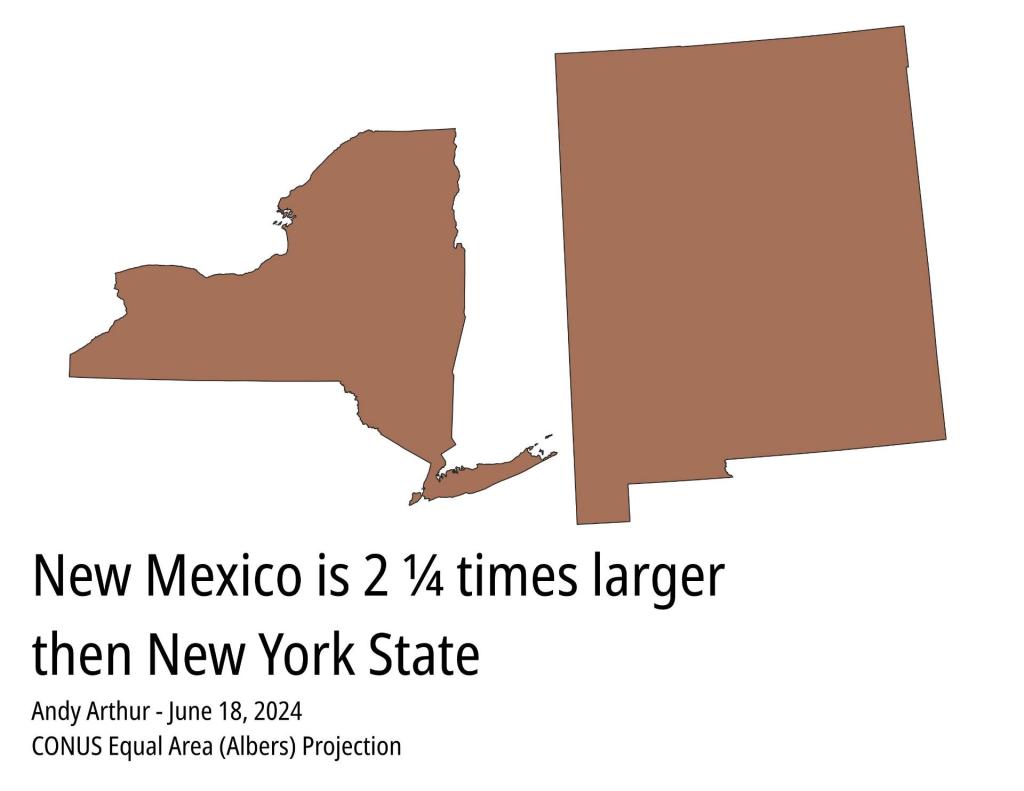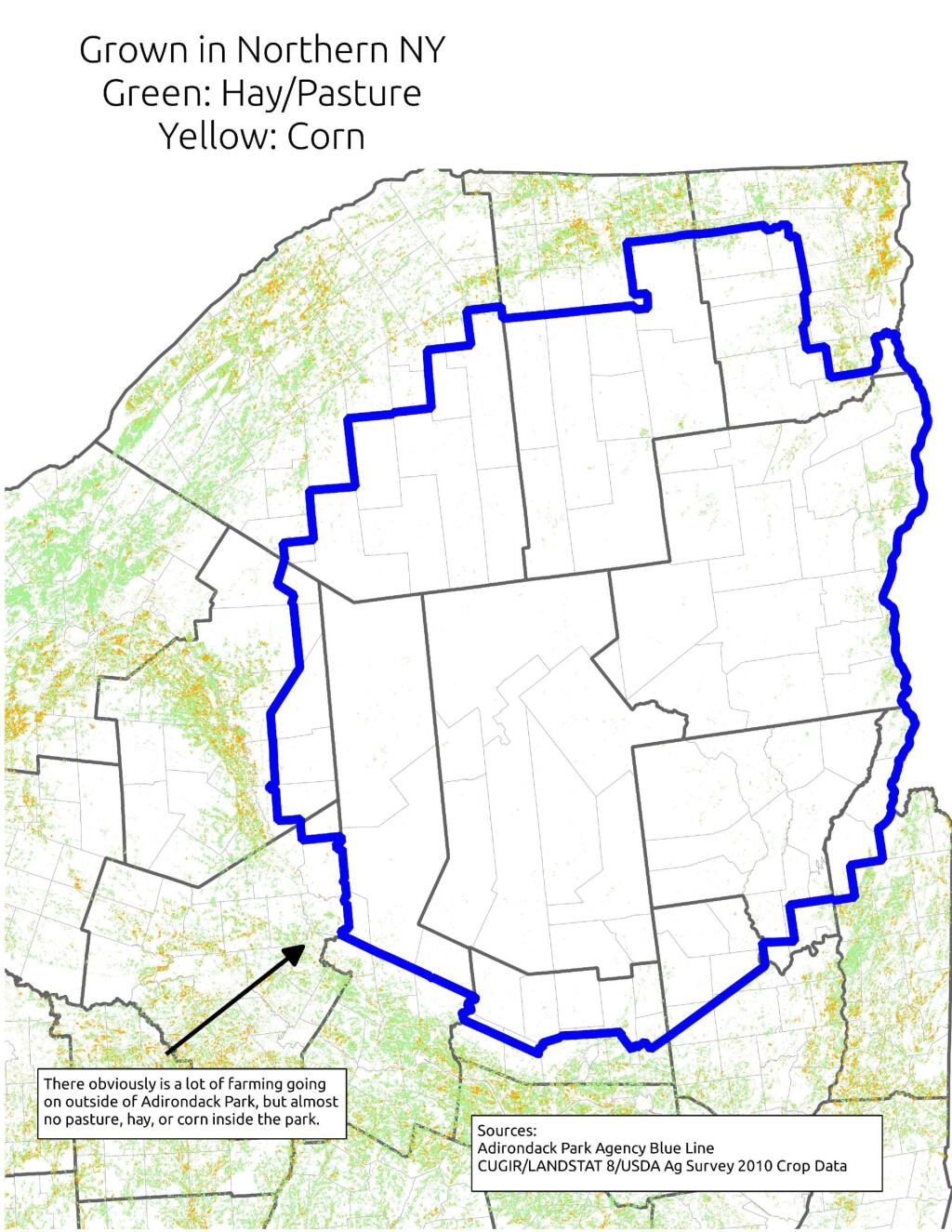Public Lands Policy
Is the Adirondack Park Really All That Unique?
I often hear that the Adirondack Park is unique, unlike any other park in the United States. Maybe it is different in the sense it’s called a park, but in many ways it’s not that unique or special compared to other mountainous areas in the Eastern United States.
How much different is the Adirondack Park from the Pennsylvania Wild Region or the Green Mountains or West Virginia’s Monongahela National Forest? Well not that different. Some of the hills have ascents greater over their valleys than the mountains in the Adirondacks.
Each one of these areas has a great deal of public land open to the public for free use for hunting, fishing and camping. Each is a mix of public and private lands. They have mountains and streams, high points and low ones. None of them charge an admission fee for accessing the bulk of the land.
One thing that is unique about the Adirondack Park is that all of the public land is managed as wilderness. They may not call all of it wilderness but within the park the state can’t cut any of the trees above 3 inches with narrow exceptions a tree that poses a public safety hazard by hanging over a road. But other than that, the Adirondack Park is quite similar to other mountainess region on the east coast.



